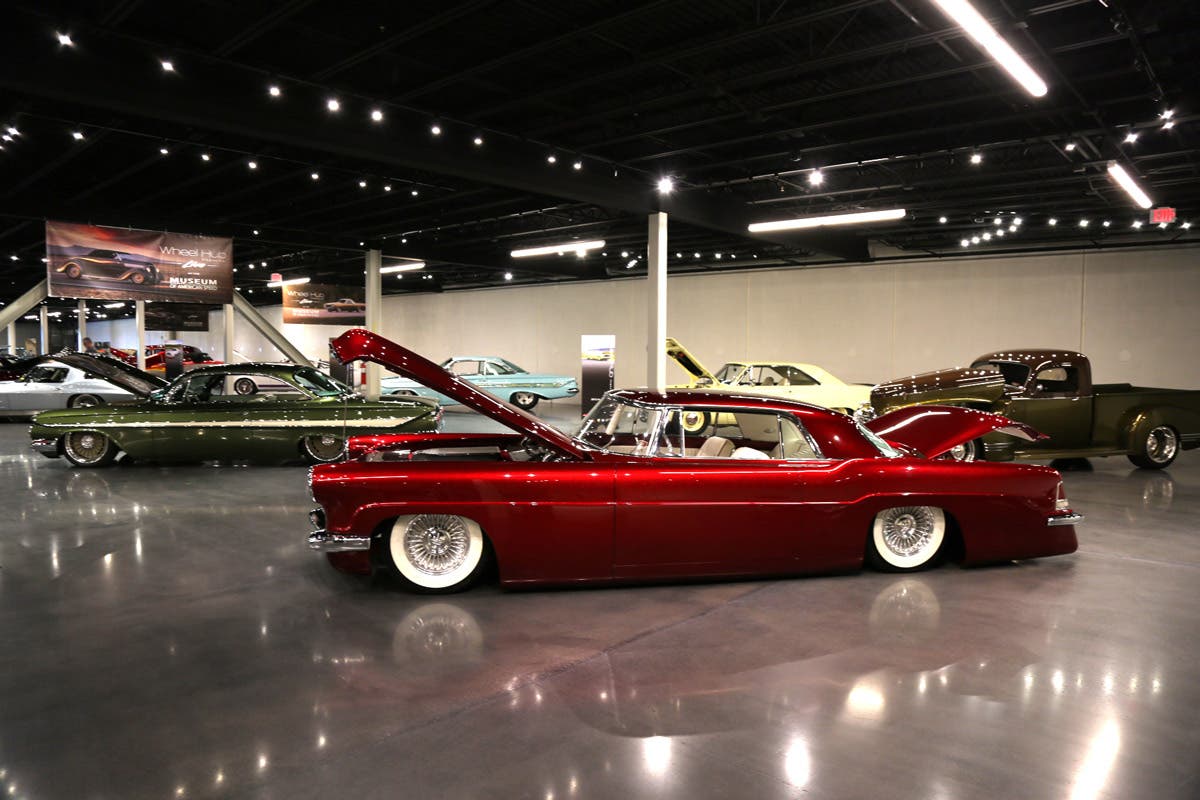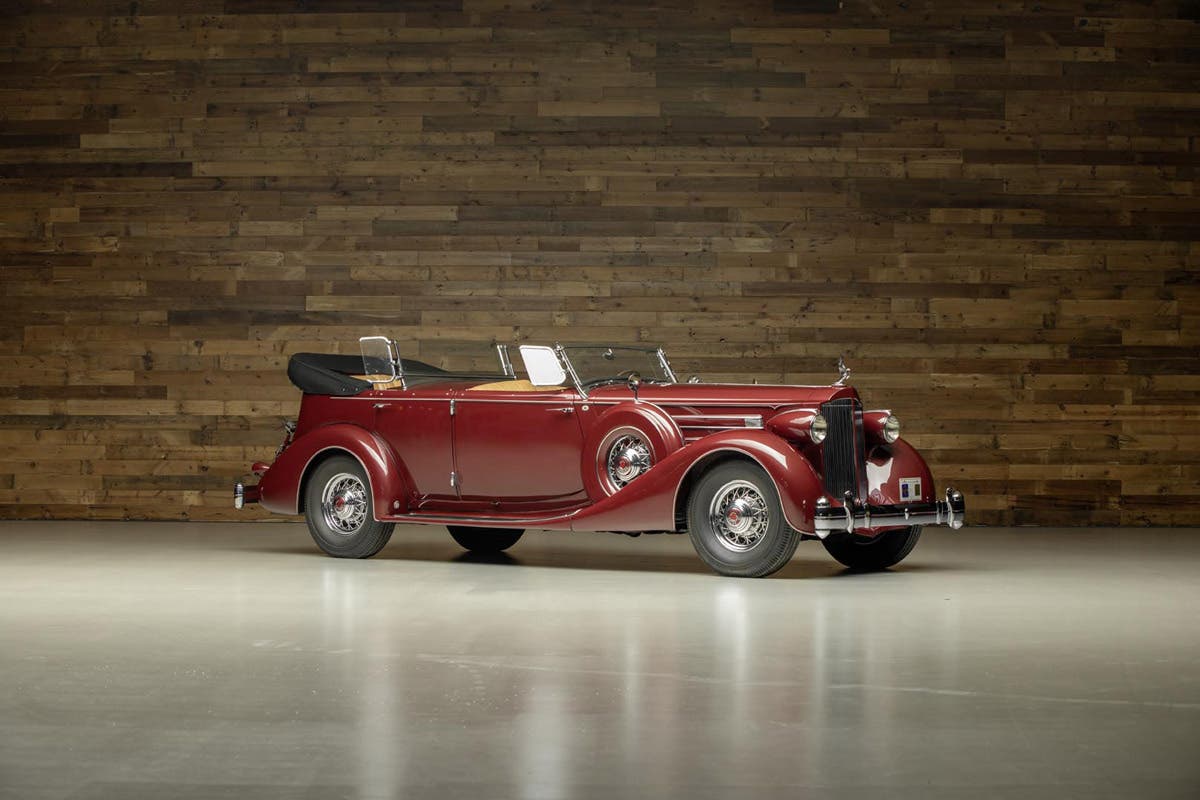DKW shows up at BK and gets OK from car guys
The ’56 DKW 3=6 Drophead Coupe has a smiley disposition
It isn’t every day that a 1956 DKW convertible shows up at our Burger King Cruise Night. A local enthusiast named Tim Buttles, who is very good at low-buck restorations, brought the just-finished car out for the first time recently.
The car had belonged for years to an Iola resident named Lee Bestul. After he passed away a few years ago, his wife sold the DKW to Tim. He had a bit of a challenge scrounging up parts for the rare German ragtop, but perseverance paid off in a beautiful little car.
DKW stands for Dampf-Kraft-Wagen which was the name of steam-powered vehicles introduced in the World War I era. Later the company made electric cars, motorized bicycles and motorcycles. In fact, it was the world’s largest maker of motorcycles in 1927 and started building gas-powered cars a year later. In 1932, DKW became part of Auto Union.
Officially, the car is a Drophead Coupe, which is what DKW called its two-seat open car with a fully disappearing top. DKW supplied buyers with a DKW Shell Mixer to blend the gas/oil mixture for the 896cc two-stroke engine. The front-wheel-drive car developed 34 hp. The water-cooled engine had a 1:6.5 compression ratio and a Solex 40 ICB carburetor. It was attached to a column-shifted four-speed manual gearbox with synchros on all gears other than first.
The car has a 92-inch wheelbase and measures 166 inches end to end. It has a box section girder frame. Independent front suspension, a “floating” rear axle, telescopic shock absorbers, rack and pinion steering and four-wheel hydraulic brakes. DKW claimed a top speed of 75 mph and 36 mpg fuel economy. The ignition switch is on the steering column.
The DKW is a 3=6 model and it is as cute-as-a-button. The grille looks like it is smiling and the tiny convertible brings smiles to peoples’ faces when they see it. Tim says the car “Can’t get out of its own way.” He thought about putting a Chevy V-6 in it, but he luckily had second thoughts about hurting its originality. As far as we know, less than 10 of these cars were brought to the United States and it’s possible that total production was less than 100 units.








